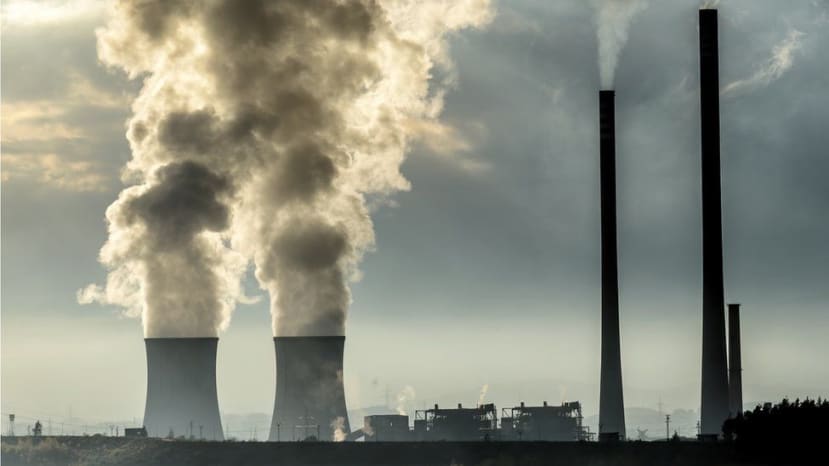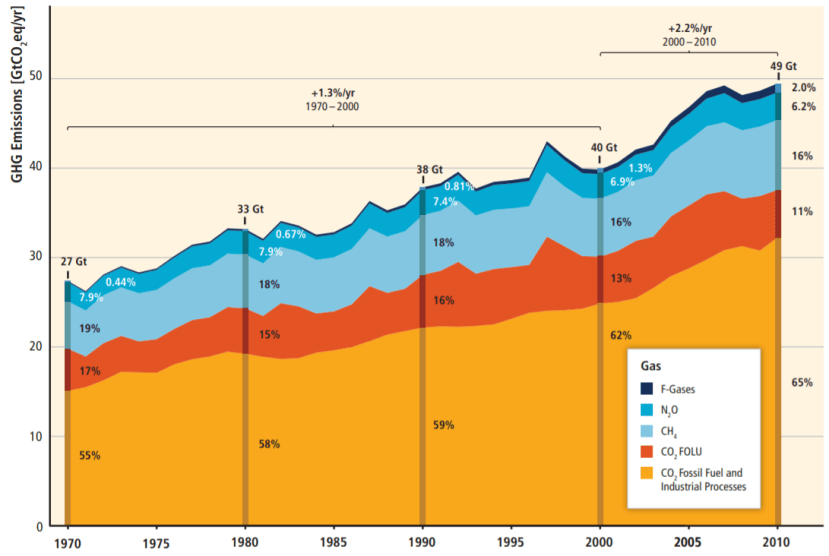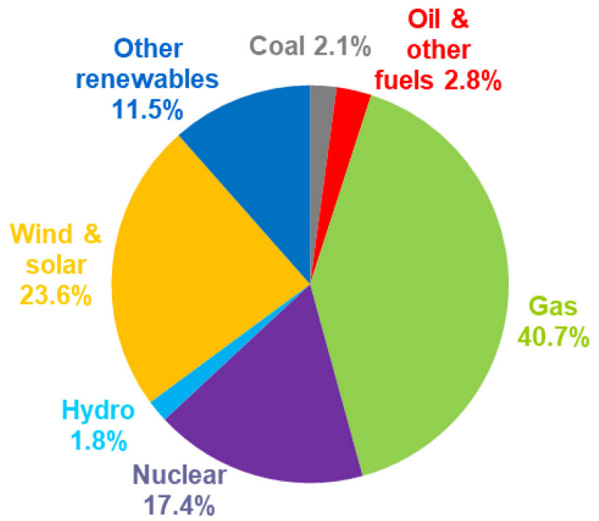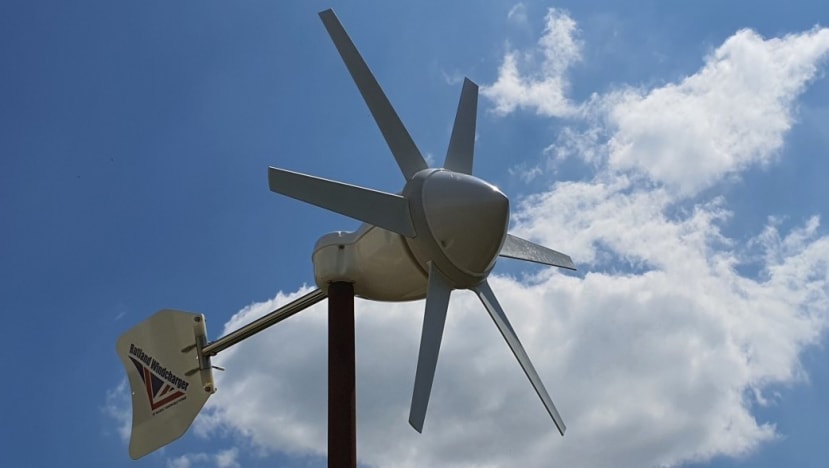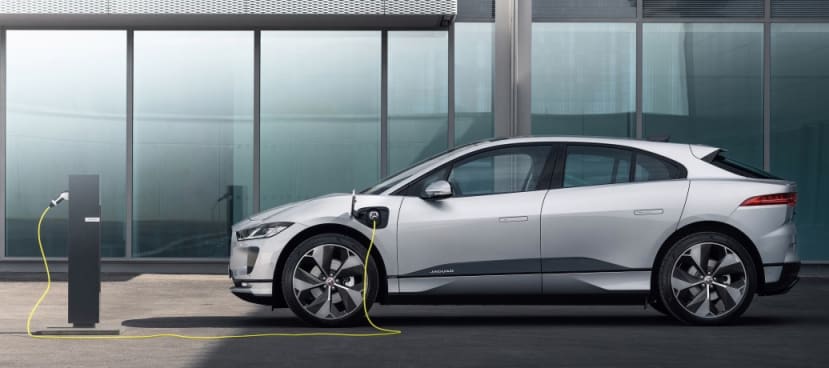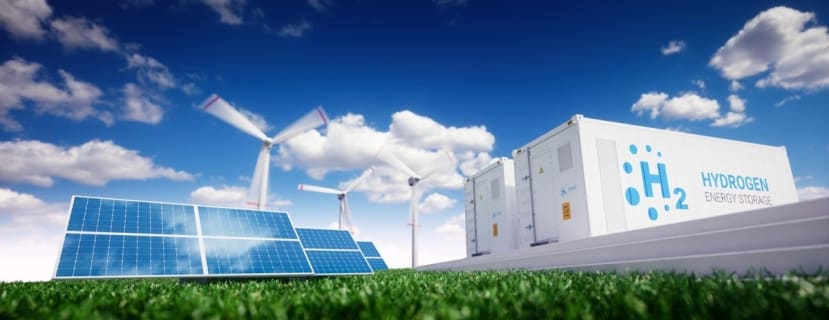COP26: A Checklist For Change
Follow articleHow do you feel about this article? Help us to provide better content for you.
Thank you! Your feedback has been received.
There was a problem submitting your feedback, please try again later.
What do you think of this article?
The COP26 international climate conference is likely to be the most important event in determining a renewed global strategy for tackling the climate crisis and achieving net zero emissions by the target year of 2050. The whole planet and its inhabitants are stakeholders in the conference but while we must trust in our chosen representatives to deliver on the Paris agreement, it is worth anticipating how the outcome will affect us and what responsibility we have to push for any chance of success. In this regard, this article aims to set out a checklist of key factors to consider in the pursuit of net zero and how the engineering community in particular, can play a critical role in the delivery of any change.
“It is unequivocal that the increase of CO2, methane (CH4) and nitrous oxide (N2O) in the atmosphere over the industrial era is the result of human activities and that human influence is the principal driver of many changes observed across the atmosphere, ocean, cryosphere and biosphere.”
- IPCC report: Climate Change 2021: The Physical Science Basis
Fifty Billion Tons
If there’s one fact or figure that should always be considered during any conversation about climate change it is fifty billion. That’s 50,000,000,000 metric tons of greenhouse gasses that are released into the atmosphere every year! That number is increasing by around two percent annually, but if we are to honour our commitments, this needs to be reduced to zero by 2050.
Source: IPCC, Climate Change 2014: Mitigation of Climate Change, to be updated in 2022.
This graph, taken from the soon to be revised IPCC WG3 report, illustrates the escalating severity of the situation over time very well, and clearly represents an issue that needs addressing swiftly. In this respect, we need to ask where that fifty billion tons comes from, what sources represent the highest percentage of global emissions, and how can we take meaningful action in the pursuit of net zero?
A Good Place to Start
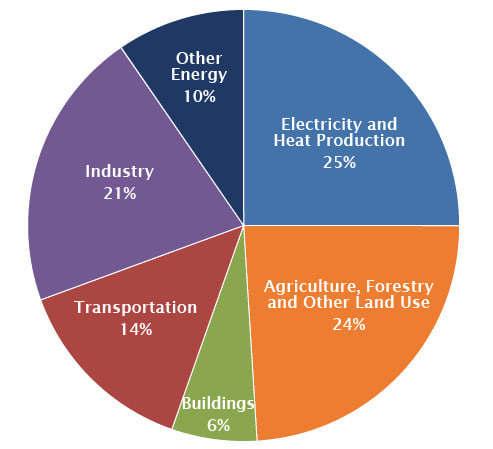
Isolating the sources of greenhouse gas emissions by economic sector can help us quantify the human activities that need addressing the most from a global perspective. Prioritising the highest emitting sectors will help reduce global greenhouse gas emissions more efficiently while improving the overall chances of keeping global warming below 1.5 degrees by the end of the century. The IPCC provides a clear percentage breakdown per sector that will help identify the industries and processes that are in need of action now, and where innovation in those sectors will be vital in the wake of COP26.
The Role of Renewables
On its own, electricity generation and heat production accounts for a quarter of global greenhouse gas emissions and represents the largest economic stakeholder in the race to net zero. The growth of clean electrical infrastructure is vital to the success of sustainable technologies like electric cars and domestic heat pumps as well, which are set to explode over the coming decade. Therefore, creating a global electrical infrastructure based on renewable energy will be critical in achieving climate targets.
Source: UK GOV, UK Energy in Brief 2021: Electricity Generated by Fuel Type 2019
As the host of the COP26 climate conference, this is particularly relevant to the UK where fossil fuels still account for about forty five percent of domestic energy generation, including coal which is set to be phased out as of 2024. However, reducing this dependency on fossil fuels and creating a reliable base-load of renewable energy can be a tricky process, as its main contributors, like wind and solar, are weather and sunlight dependent.
Clean stopgap technologies like nuclear can help stabilise the national grid but an investment in a broader portfolio of renewables including geothermal, tidal, hydroelectric and storage technologies still need more consideration to smooth future demand both in the UK, which still imports a great deal of its energy, and worldwide to make renewable energy more accessible where it otherwise is not.
Microgeneration and Storage
Microgeneration still represents one of the easiest and most flexible ways for individuals to make a difference to their carbon footprint while anticipating the shift away from fossil fuels currently used in the global electrical infrastructure. In the UK, the feed-in tariff pays individual households per unit of energy they export to the national grid, and the fall in cost associated with small scale wind and solar generators makes these solutions vastly more accessible and desirable.
Testing microgeneration with a Rutland wind turbine
My own experiments with off-grid wind and solar technologies have shown the potential of these systems when combined with battery storage and how the engineering community can help with the adoption of these systems at scale, even in remote parts of the world and in nomadic communities.
With energy prices still in peak demand, supplementing global infrastructure with microgeneration would help lower fuel poverty and develop an ecosystem conducive to the uptake of electric cars and heat pumps that has been proposed by the UK government. Therefore, further support for the deployment of microgeneration technologies will be a welcome addition to any COP26 agreements.
Heat Pumps
Ground and air source heat pumps have become a central part of the UK government net zero strategy to improve domestic heating systems in the lead up to COP26. Heat pumps are set to replace traditional gas boilers and central heating systems with an electric alternative that heats the outside air or ground temperature using the effects of compression.
Installing an air source heat pump
Heat pumps are said to be a lot more efficient than gas boilers but opinions of them are still mixed because the overall cost, the lacklustre heating that is often attributed to poor insulation and, much like electric cars, a reliance on electrical infrastructure that still uses fossil fuels. While I am very keen to conduct my own primary research, clearly these pain points need to be addressed now as part of a holistic net zero campaign which includes a full decarbonisation of any electrical infrastructure and an investment in domestic insulation.
The backdrop of COP26 is a perfect place to rally global initiatives to invest in engineering and manufacture of these technologies to bring costs down and improve performance. The addition of renewable microgeneration and storage could provide a powerful incentive for homeowners where they are mostly independent of the financial and carbon cost of the current electrical infrastructure.
Electric Vehicles
Electric vehicles are likely to be on the agenda during the climate conference as the percentage of global electric vehicle sales reaches 4.6% market share. As more manufactures focus solely on electric or hybrid drivetrains, discussions will likely include how to roll them out faster, but while the market signs are good, there are still challenges with the perception and usage of EVs that include factors such as a fossil fuel based electrical infrastructure, availability of charging points and range anxiety.
A Jaguar I-Pace charging
The UK and much of the industrialised world is in an excellent position to support the uptake of electric cars through any changes to policy, help to buy schemes and massive investments in engineering for further development of battery technologies and standardised charging infrastructure, schemes that would also be beneficial to the growth of renewable energy, storage and microgeneration.
The results of these policy changes have already been seen in Scandinavia and a lot of Northern Europe, with Norway observing a record of 75% new car market share in 2020! This success should provide a performance benchmark for legislators attending the COP26 climate conference to justify the return on investment for progressive governments that are willing to back sustainable economies through engineering skills and manufacturing capability.
The Hydrogen Economy
Hydrogen is positioned to be a pivotal resource in the move away from the fossil fuels that currently dominate a lot of domestic and industrial processes. However, its uses are largely underdeveloped compared to its electric counterparts that have received a lot more attention over the years.
In the energy sector, hydrogen is seen as an alternative to the natural gas currently used in domestic heating systems and there has been excellent progress towards hydrogen ready boilers and stoves as well as efforts that are being made to retrofit existing gas pipelines ready for hydrogen, a move that will likely substitute the installation of heat pumps where time and finance is limited.
Heavy industries like steel production will also need to rely on hydrogen to reduce their emissions from the use of coal in their refining process which currently accounts for around 8% of global carbon emissions! This process is vital to the production of a key engineering material but it cannot meet net zero requirements without the investment needed for change.
Green hydrogen is enabled through renewables
Sources of hydrogen are likely to be discussed at the climate conference but there is a concern with the proposed use of blue hydrogen in new infrastructure projects. Unlike green hydrogen that splits the gas from water using electricity from renewables, blue hydrogen is split from natural gas… a fossil fuel sold as a renewable under the pretext of the direct carbon capture process it uses. Given that energy return on investment (EROI) of fossil fuels, that’s the carbon cost of extracting and refining new fossil fuels, is already diminishing, especially where the cracking process of natural gas will add to this, there are justified concerns that this is a guise for climate action delay. It is therefore important that COP26 delegates understand the importance of green hydrogen in a future where fossil fuels are left in the ground and shift their attention to scaling renewables and supporting engineering projects based around clean hydrogen rather than subsidising fossil fuel companies.
Carbon Capture
Given the urgency of the climate crisis, the consensus in the wake of COP26 should be to keep fossil fuels in the ground as best we can with no excuses. Carbon capture as a concept, while seldom used to describe the natural process of carbon scrubbing by the land and sea, tends to distort this idea in favour of delayed action and a reliance on future technologies that do not currently exisit.
Responsible conservation of an ancient native woodland in Dorset, England
Restoring the natural world remains to be the only feasible and scalable method of carbon capture that currently exists. The ocean does a fantastic job of removing carbon through the water cycle and is the main reason why air pollution is not significantly more noticeable, but this has had a detrimental effect to global ecosystems and ocean acidity. It is more important therefore to focus on what can be done on land including the planting of trees, rewilding, conservation and reversing deforestation.
Future Farming, Reforestation and Permaculture
Human activities on land account for a quarter of global greenhouse gas emissions and are likely the biggest contributor to the compounding effects of the climate crisis seen today. To truly curb these emissions, we need to be drastic with our ambition to use land sustainably and efficiently in the wake of COP26 and manage how industries that repurpose and use land as a resource behave.
Traditional farming replaces native ecosystems with vast monocultures
Tackling deforestation should be an utmost priority for the leaders at COP26 as the industrial scale of damage being done for cattle grazing and monoculture farming like palm oil, not only releases carbon and methane but also limits our ability to remove it again. “Adding value” to these often complex ecosystems, seems to be the justification for poor land management and reduced biodiversity, which has been driven by a vast demand for food and other industrially farmed products.
Challenging these practices, alongside a vast investment in sustainable and diverse land use will be key to restoring our capacity to remove carbon. However, the demands of land as a resource are under increasing pressure with the continued need for both food and forest products, alongside a growing need for reforestation, conservation and permaculture projects that will help prevent biodiversity loss, soil erosion and water pollution while increasing the carbon capacity of the land.
Vertical farming saves space and improves yield
Technology and engineering are likely to feature prominently in any solutions to these challenges, with leaps and bounds being made in hydroponics, vertical farming and automation that help make much more efficient use of space and allow for regeneration in the natural environment. Higher density and more efficient growing improves yield and revenue for farmers while also increasing their capacity to grow the high-calorific crops that could be used to create carbon-neutral biofuels for haulage, shipping and even aerospace that currently equates for 14% of global greenhouse gas emissions.
Land use presents the biggest challenge to the ambitions set out in the Paris 2015 agreement and one which requires international collaboration during the negotiations at COP26 to make any meaningful change. The vision for sustainable land use needs to include the role of technology and an emphasis on the importance of engineering in particular towards their development. It will be fascinating to observe the results of any negotiations in the wake of the COP26 climate conference and how these exciting developments, including changes to the landscape, will unfold within the next couple of years.
Final Thoughts
The outcomes of the COP26 international climate conference will be felt around the world and it’s clear from what has been discussed that there is still a vast amount of progress that needs to be made in pursuit of both net zero and to keep warming below 1.5 degrees. This also means that there are a lot of positive actions we can take in the wake of the conference, and a lot of industries, technologies and policies that we can engage with as both members of the public and engineers. However, it is imperative that we do this immediately as, in the words of Sir David Attenborough, "if we don't act now, it'll be too late."
If you have enjoyed this article then please be sure to follow my coverage of COP26 on Twitter.


